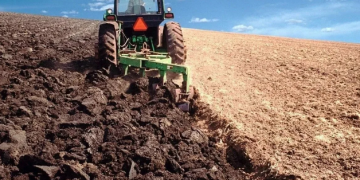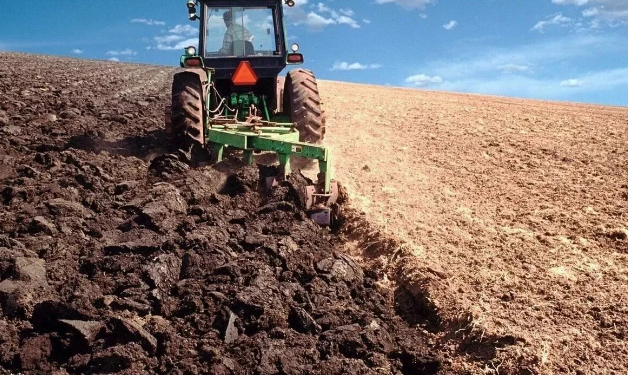#weatherstation #ITdevice #farmfields #hourlyweatherforecast #workplanningtools #sowingwindow #field-specificforecast #farmmanagement #fieldoperations
Discover how integrating a field-specific hourly weather forecast into your farm work planning tools can significantly enhance your decision-making process. Learn about the benefits of using weather stations or IoT devices with forecast capabilities, specifically focusing on the sowing window tool for seeding operations. Explore real-life case studies and understand how accurate weather data can streamline your farm management and increase operational efficiency.
In the ever-changing world of agriculture, farmers face numerous challenges and uncertainties, making informed decision-making crucial for success. Weather conditions play a pivotal role in farming operations, and having access to accurate and reliable weather information is vital. This is where weather stations or IoT devices equipped with field-specific hourly weather forecasts come into play.
Integrating field-specific, hourly updated forecasts into work planning tools can significantly reduce uncontrollable risks and improve overall farm management. These forecasts, combined with actual field-level station data, form the foundation of various work planning tools, such as sowing windows, plant protection, harvest conditions, tillage ability, field accessibility, and plant nutrition.
The sowing window tool, in particular, allows farmers to estimate the optimal time for seeding operations based on field-specific weather conditions. By combining data from a weather station or IoT device with a highly accurate field-specific forecast, farmers gain insights into hourly conditions over the next seven days. Key meteorological variables, including precipitation, air temperature, and soil temperature, are provided, enabling farmers to plan their seeding activities with precision.
A case study example from Manitoba, Canada, showcases the effectiveness of the sowing window tool. The sowing window for a field in early May 2023 indicates improving conditions throughout the week, with warming soils and higher overnight temperatures. However, the forecast also predicts rainfall in the latter half of the week, which may impede sowing operations due to wet soil conditions. Comparing the forecasted soil temperature with the actual soil temperature at seed depth confirms the accuracy of the site-specific weather station and forecast in providing reliable sowing condition information.
Furthermore, recent additions to weather forecast tools, such as the History & Climate tools, enhance the planning capabilities of farmers. Risk assessment tools for cold, warm, and precipitation events, along with climate comparison tools, allow farmers to make informed decisions based on historical data and long-term climate trends.
The integration of a weather station or IoT device with a field-specific hourly weather forecast empowers farmers with valuable insights for effective farm management. When considering purchasing such devices, it is essential to prioritize the inclusion of field-specific hourly weather forecasts, as they form the backbone of work planning tools. Like peanut butter and jelly, weather stations and forecasts go hand in hand, enabling farmers to optimize their operations and achieve better outcomes.
The integration of field-specific hourly weather forecasts into farm work planning tools has far-reaching consequences for farmers. By relying on accurate and up-to-date weather information, farmers can:
Optimize sowing operations: Accessing precise sowing windows based on hourly weather forecasts ensures timely and efficient seeding, maximizing crop yield potential.
Mitigate weather-related risks: By understanding weather conditions in advance, farmers can plan for potential challenges, such as wet soil conditions or extreme temperature events, minimizing losses and optimizing resource allocation.
Increase operational efficiency: Improved work planning tools enable farmers to streamline their operations, reducing downtime, and optimizing resource utilization, ultimately leading to improved productivity.
Enhance decision-making: Real-time and field-specific weather data empower farmers to make informed decisions regarding crop protection, harvest conditions, tillage operations, and plant nutrition, reducing uncertainty and improving overall farm management.
Integrating field-specific hourly weather forecasts into farm work planning tools revolutionizes the way farmers approach their operations. By leveraging the power of weather stations or IoT devices with forecast capabilities, farmers can optimize their work planning, mitigate risks, increase operational efficiency, and make better-informed decisions. Investing in reliable weather.































